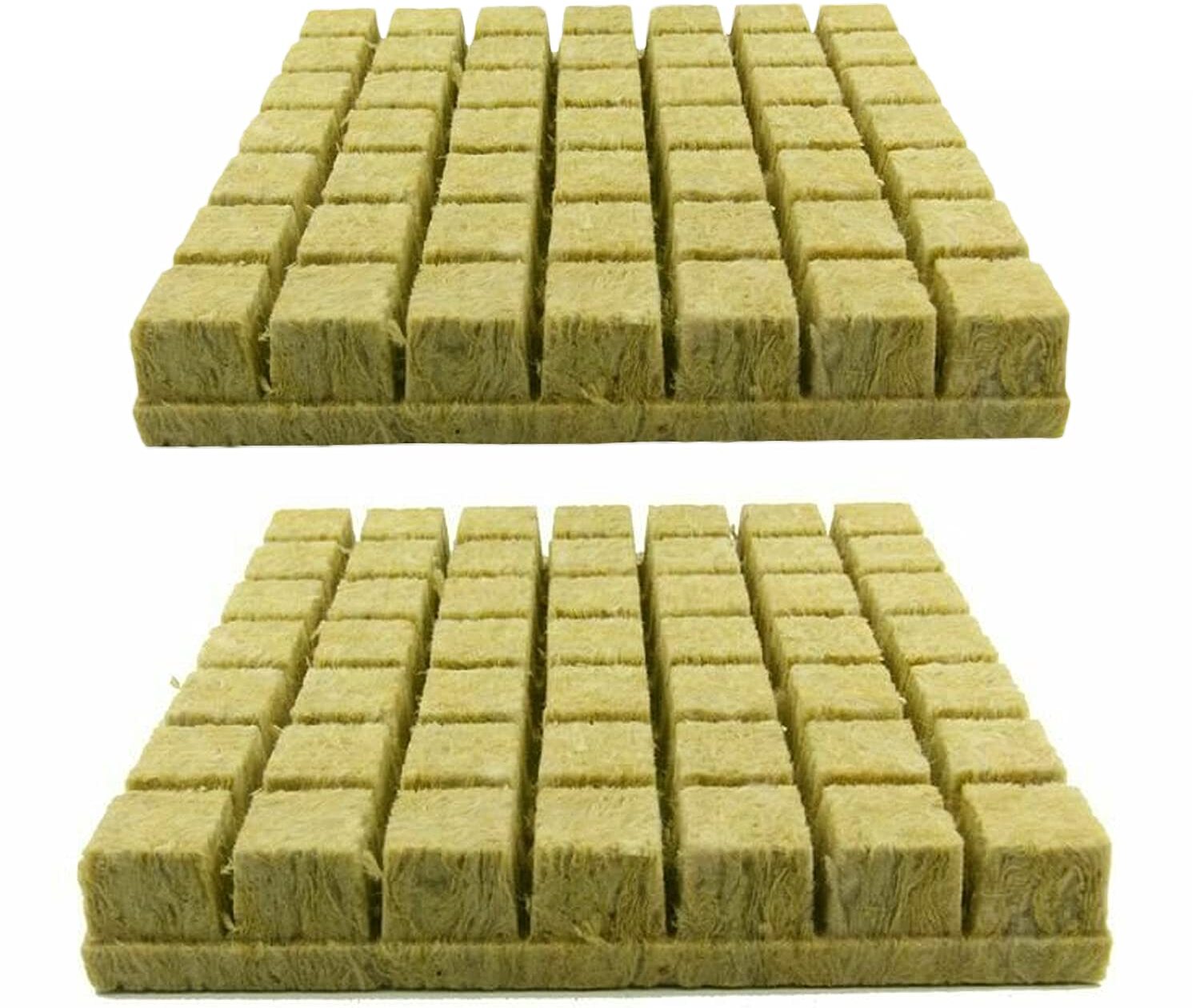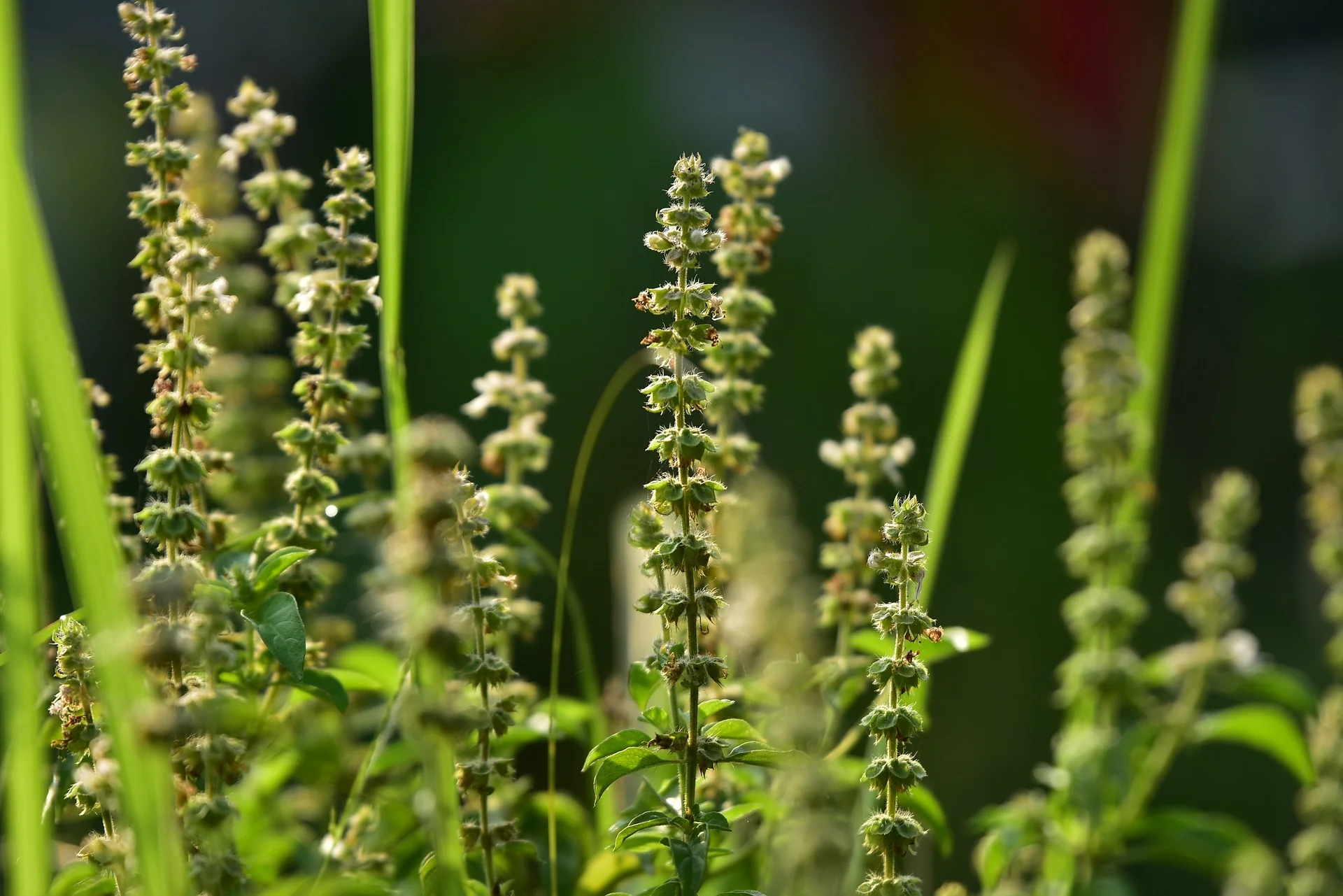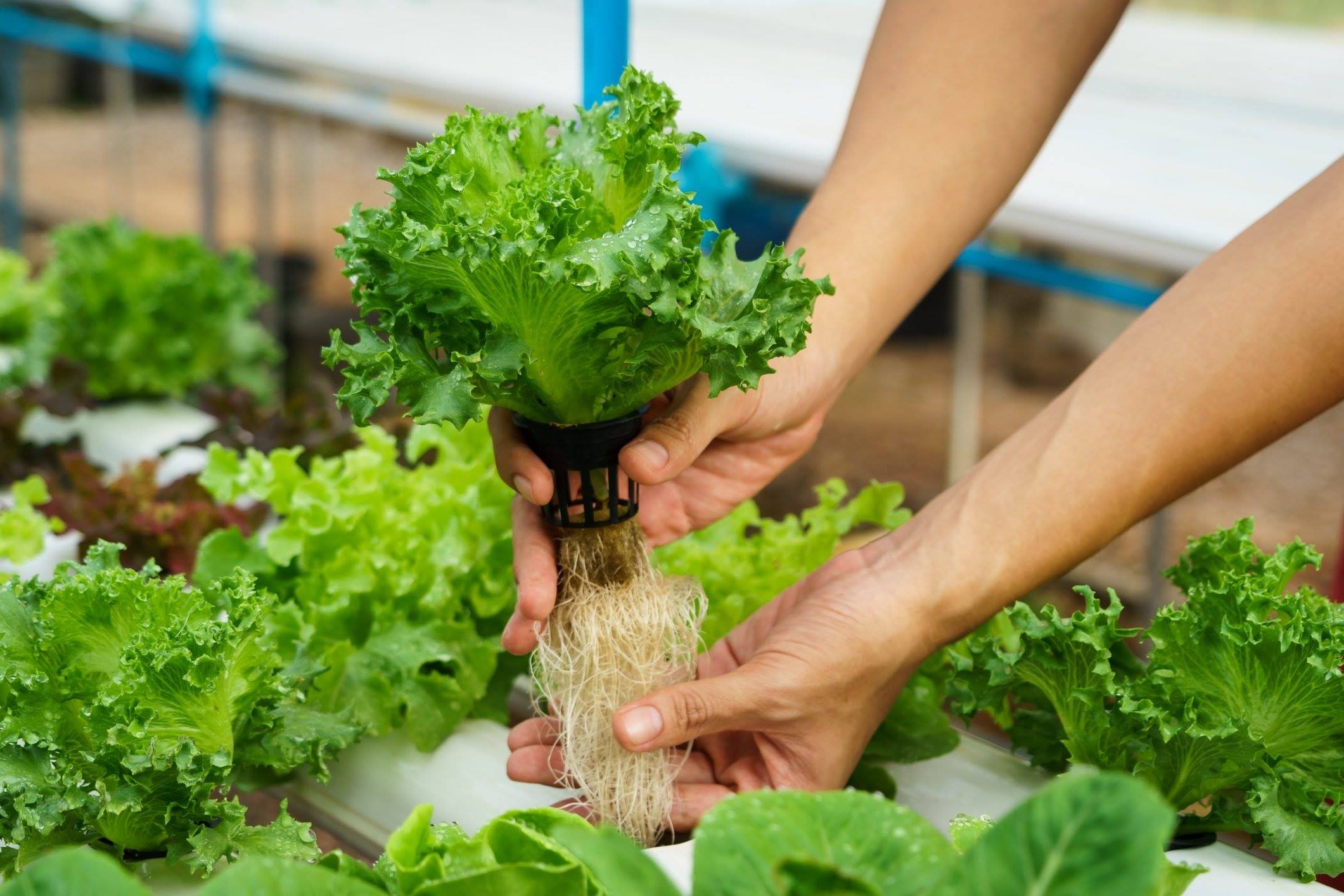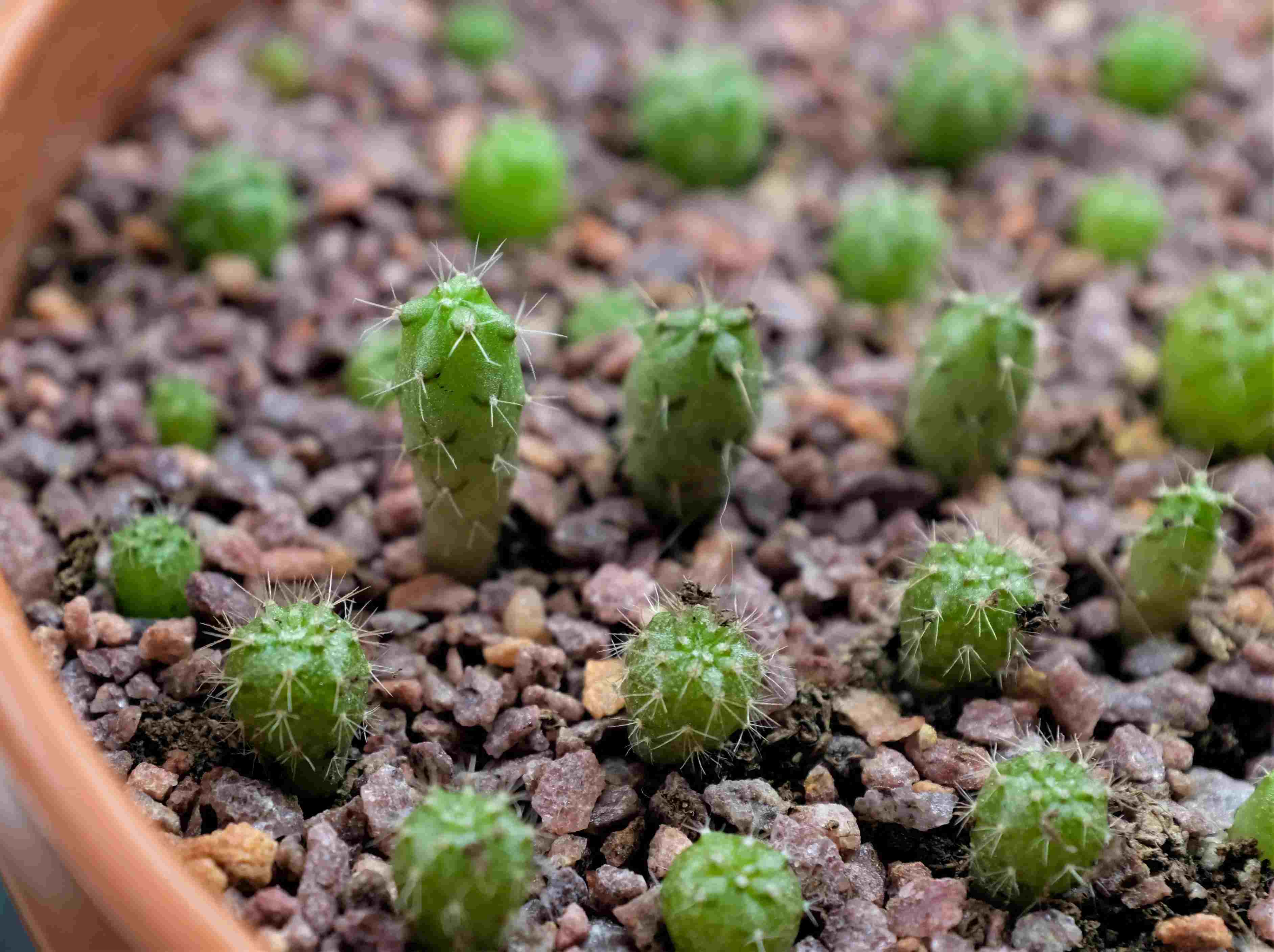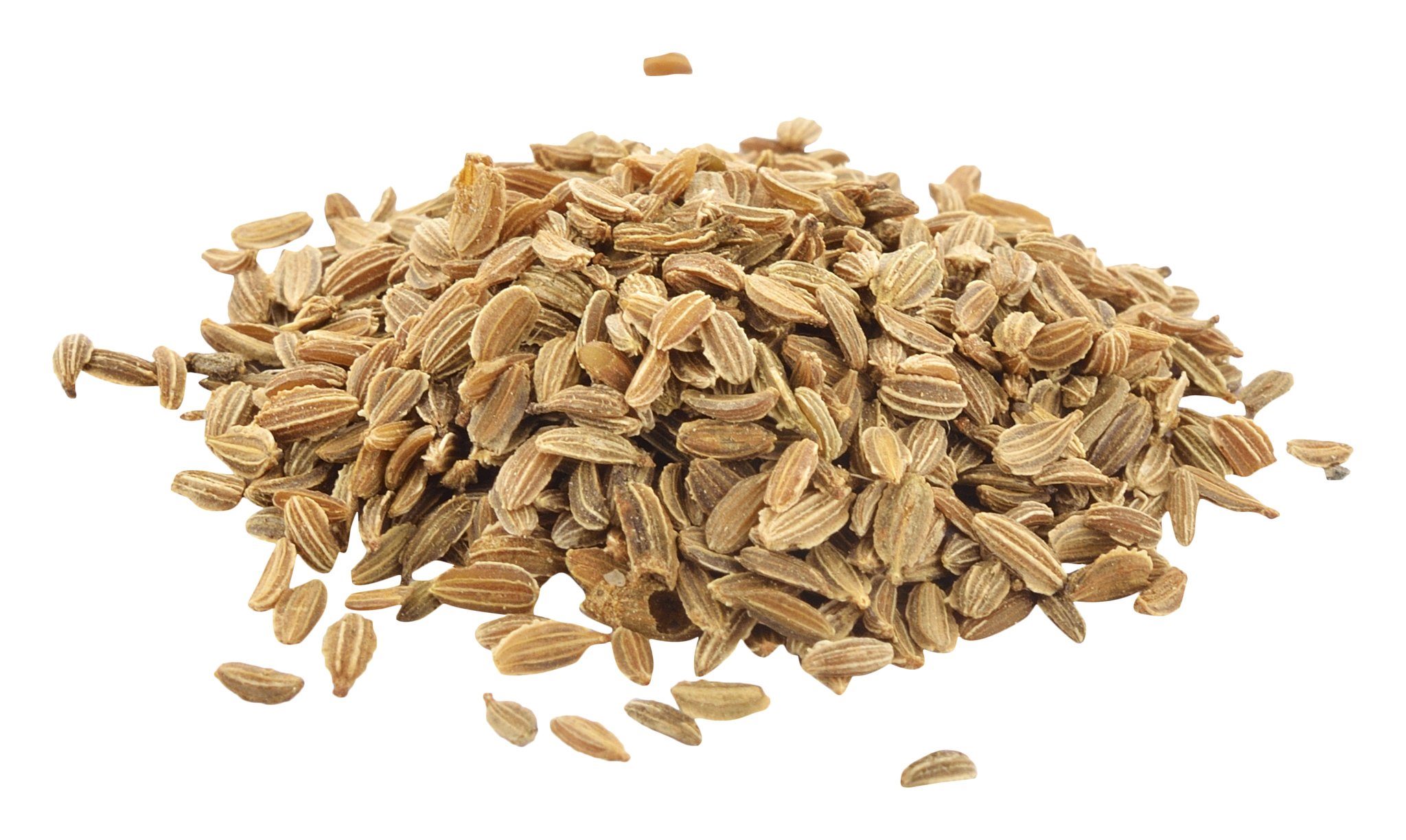Home>Types of Gardening>Edible Gardening>How To Start Seeds For Hydroponics Without Rockwool
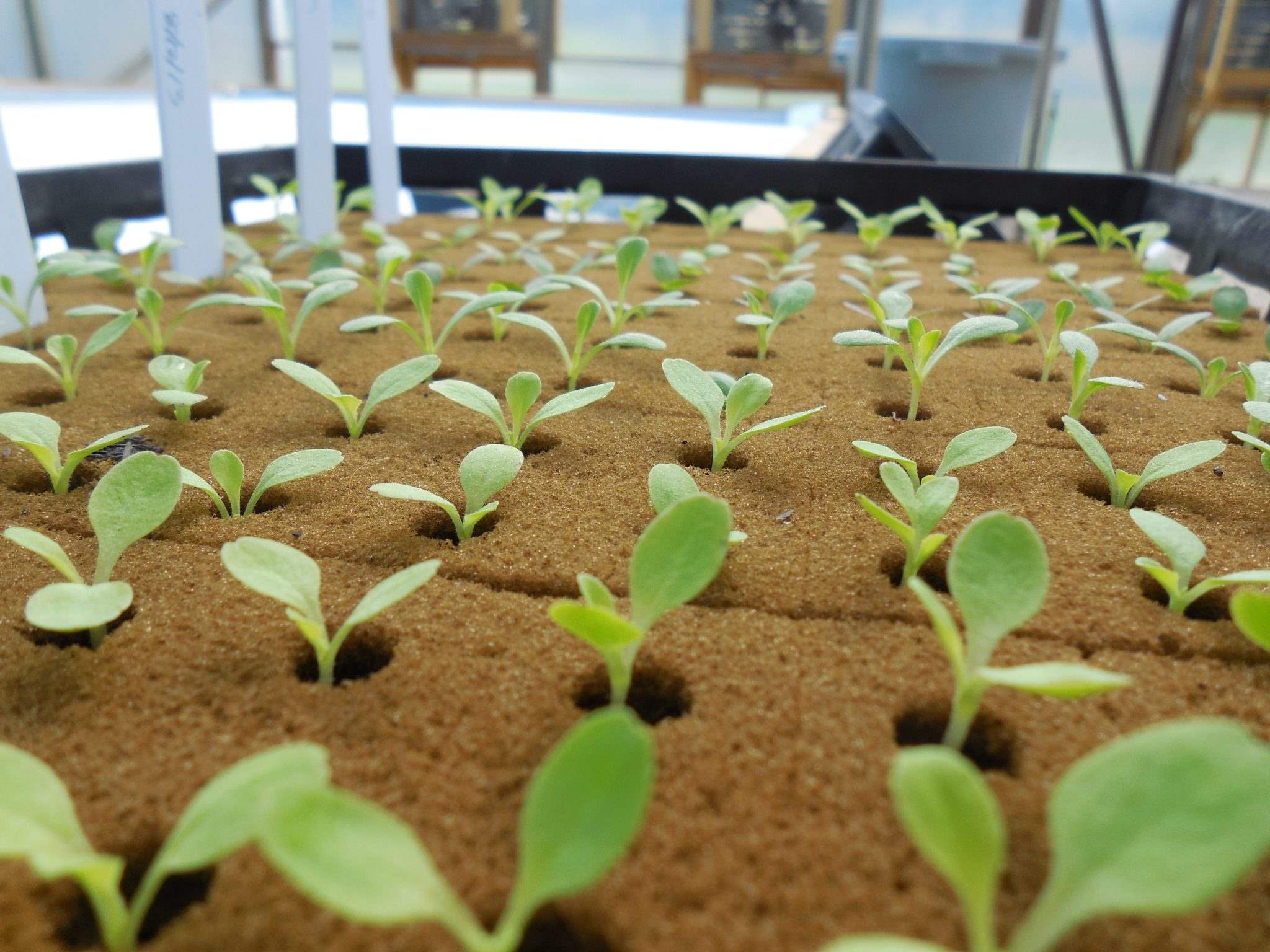

Edible Gardening
How To Start Seeds For Hydroponics Without Rockwool
Modified: February 10, 2024
Learn how to start seeds for hydroponics without using rockwool. Follow our step-by-step guide for successful edible gardening in a sustainable and organic way.
(Many of the links in this article redirect to a specific reviewed product. Your purchase of these products through affiliate links helps to generate commission for Chicagolandgardening.com, at no extra cost. Learn more)
Table of Contents
Introduction
Welcome to the world of hydroponics, a revolutionary method of gardening that allows you to grow plants without soil. It’s a technique that has gained popularity in recent years due to its numerous advantages over traditional gardening methods. From saving water to maximizing space utilization, hydroponics offers a sustainable and efficient way to cultivate a wide variety of crops.
When it comes to starting seeds for your hydroponic garden, it’s important to choose the right medium. While many gardeners commonly use rockwool cubes, there are alternative methods that can be just as effective, or even better. In this article, we’ll explore the reasons why you may want to avoid using rockwool for starting seeds in hydroponics and offer some alternative options that you can consider.
Whether you’re a seasoned gardener or a beginner in the world of hydroponics, this article will provide you with valuable insights on how to kickstart your seedlings in a more sustainable way. By opting for alternative seed starting methods, you can ensure healthier plants, reduce waste, and contribute to a more eco-friendly gardening experience.
What is hydroponics?
Hydroponics is a method of growing plants in a nutrient-rich water solution, without the use of soil. Instead of relying on the natural properties of soil to provide plants with nutrients, hydroponic systems deliver a carefully balanced mix of nutrients directly to the plant’s root system. This allows plants to grow faster and produce higher yields compared to traditional soil-based gardening.
In a hydroponic system, plants are typically grown in containers or trays filled with an inert growing medium, such as perlite, coco coir, or rockwool. The roots of the plants are suspended or anchored in the growing medium, while a nutrient solution is constantly supplied to the roots for optimal growth and development.
One of the key advantages of hydroponics is its ability to conserve water. Unlike traditional soil-based gardening, where water can be lost through evaporation or drainage, hydroponic systems recirculate and reuse water, minimizing water waste. This makes hydroponics a sustainable option for water-conscious gardeners.
Hydroponics also offers greater control over growing conditions. Nutrient levels, pH levels, temperature, and lighting can all be adjusted to create the ideal environment for plants to thrive. With precise control over these factors, gardeners can optimize plant growth and create customized growing conditions for different plant varieties.
Another major benefit of hydroponics is its ability to maximize space utilization. Without the need for soil, hydroponic systems can be set up in small, compact spaces such as indoor grow rooms or even vertical gardens. This makes hydroponics an ideal choice for urban gardening or areas with limited land availability.
Overall, hydroponics offers a unique and innovative way to grow plants without soil. By harnessing the power of water and nutrients, hydroponic gardening allows for faster growth, higher yields, and environmental sustainability. Whether you’re growing herbs, vegetables, or ornamental plants, hydroponics provides an exciting and efficient approach to cultivation.
Why avoid using rockwool for starting seeds?
While rockwool has been a popular choice for starting seeds in hydroponics, there are a few reasons why you may want to consider alternative options:
1. Environmental concerns: Rockwool is made from spun basaltic rock fibers and can take centuries to break down in the environment. Its production also involves high energy usage and the release of carbon dioxide. If you’re looking for a more sustainable and eco-friendly option, it’s worth exploring alternatives to rockwool.
2. Poor pH control: Rockwool has a naturally high pH level, which can be problematic for seedlings. It requires soaking in pH-adjusted water before use, and even then, maintaining the correct pH level can be challenging. Inconsistent pH levels can lead to nutrient imbalances and hinder the proper growth of your seedlings.
3. Root health issues: Rockwool has a dense structure that can sometimes cause issues with root development. The fibers can create a tight, compact environment for roots, leading to poor aeration and limited oxygen supply. This can hamper root growth and increase the risk of root diseases.
4. Irrigation difficulties: Rockwool can be difficult to water properly because it tends to retain water for longer periods. Overwatering can suffocate the roots and promote the growth of mold or fungus. Underwatering, on the other hand, can cause your seedlings to dry out and wither. Finding the right balance can be tricky with rockwool.
5. Disposal challenges: When it’s time to dispose of spent rockwool, it can be difficult to do so in an environmentally friendly way. Rockwool is not biodegradable, and throwing it in regular waste can contribute to landfill waste. Proper disposal methods may require special recycling facilities, which may not be easily accessible to everyone.
Considering these factors, it’s clear why many gardeners are seeking alternative methods for starting seeds in hydroponics. By opting for alternative mediums, you can avoid the potential drawbacks associated with rockwool and create a healthier and more sustainable growing environment for your seedlings.
Alternative methods for starting seeds in hydroponics
If you’re looking to avoid using rockwool for starting seeds in hydroponics, there are several alternative methods that you can consider. These options provide a more sustainable and effective approach to seed germination and early plant growth:
1. Coco coir: Coco coir, made from the husks of coconuts, is an excellent alternative to rockwool. It has a neutral pH, retains moisture well, and provides good aeration to the roots. Coco coir is also biodegradable and environmentally friendly. You can use coco coir pots or loose coco coir mixed with perlite as a growing medium for your seeds.
2. Perlite: Perlite is a lightweight volcanic glass that can be used as a standalone medium or mixed with other mediums like coco coir. It has excellent drainage properties and helps to promote aeration in the root zone. Perlite is also inert, meaning it won’t affect the pH of your nutrient solution. It’s a cost-effective and widely available alternative to rockwool.
3. Oasis cubes: Oasis cubes, also known as floral foam or foam plugs, are commonly used by florists for flower arrangements. They can also be used for starting seeds in hydroponics. These foam cubes retain moisture well and provide good support for young seedlings. However, it’s important to note that oasis cubes are not biodegradable and should be disposed of properly.
4. Vermiculite: Vermiculite is a natural mineral that has excellent water holding capacity. It can be used as a seed starting medium on its own or mixed with perlite for improved drainage. Vermiculite helps to maintain consistent moisture levels while providing good aeration for the roots. It’s a lightweight and affordable alternative to rockwool.
When using these alternative methods, it’s important to ensure that your seedlings receive the appropriate nutrients and water. Remember to adjust the pH of your nutrient solution to the optimal range for the specific plants you’re growing. Regularly monitor the moisture levels and make any necessary adjustments to provide the best growing conditions for your seeds.
By exploring these alternative methods, you can avoid the potential drawbacks of rockwool and create a more sustainable and efficient hydroponic system for starting seeds. Experimenting with different mediums will also allow you to understand which options work best for your specific plants and growing environment.
Method 1: Coco coir
Coco coir is a popular and versatile alternative to rockwool for starting seeds in hydroponics. It is made from the fibrous husks of coconuts and offers several advantages for seed germination and early plant growth.
One of the main benefits of using coco coir is its neutral pH level. Unlike rockwool, coco coir has a pH that is closer to the optimal range for most plants. This eliminates the need for soaking or adjusting the pH before use, saving you time and effort. Additionally, coco coir retains moisture well and provides good drainage, which creates a favorable environment for seedling development.
There are two main forms of coco coir that you can use for seed starting in hydroponics: coco coir pots and loose coco coir mixed with perlite.
Coco coir pots are pre-formed containers made of coconut fiber that are filled with a mixture of coco coir and other organic materials. These pots provide a convenient and ready-to-use option for starting your seeds. Simply place your seeds in the pre-drilled holes or depressions in the pot, water them, and watch them grow. The coco coir helps to retain moisture around the roots while the organic materials provide essential nutrients for healthy growth.
If you prefer to mix your own growing medium, you can use loose coco coir combined with perlite. Perlite helps to improve drainage and aeration in the root zone, preventing waterlogged conditions that can inhibit seedling growth. Mix the coco coir and perlite in equal parts and fill your seed trays or containers with this mixture. Place your seeds in the growing medium, ensuring good seed-to-medium contact, and water them gently to provide the initial moisture they need for germination.
When using coco coir for seed starting, it’s important to maintain proper moisture levels. Coco coir tends to retain moisture well, but it should not be overly saturated. Check the moisture level regularly and water as needed to keep the growing medium consistently moist, but not waterlogged.
Coco coir is a sustainable and environmentally-friendly alternative to rockwool. It is renewable, biodegradable, and produced from a byproduct of the coconut industry. By opting for coco coir, you can reduce your environmental footprint while providing a nutrient-rich and moisture-retentive environment for your seedlings.
Experiment with coco coir in your hydroponic system and discover the benefits it offers for seed starting. You may find that your seedlings thrive in this natural and plant-friendly growing medium. Happy gardening!
Method 2: Perlite
Perlite is another excellent alternative to rockwool for starting seeds in hydroponics. It is a lightweight volcanic glass that has been heated to create a porous and expanded structure. Perlite offers several advantages for seed germination and early plant growth.
One of the main benefits of using perlite is its excellent drainage properties. It has air pockets that allow for good aeration in the root zone, preventing waterlogged conditions that can be detrimental to seedlings. By providing optimal oxygenation to the roots, perlite helps support healthy root development and overall plant growth.
Perlite is an inert medium, meaning it does not interact with the nutrient solution or affect its pH levels. This makes it a convenient option as it eliminates the need for additional pH adjustments. You can use perlite as a standalone medium or mix it with other mediums such as coco coir or vermiculite to enhance its water retention properties.
To start seeds using perlite, fill your seed trays or containers with the perlite medium. Create small indentations in the medium for each seed to ensure good seed-to-medium contact. Gently place the seeds in the indentations and cover them lightly with a thin layer of perlite. Water the medium gently to provide initial moisture, making sure not to saturate it.
It’s important to monitor the moisture levels in the perlite medium regularly. Perlite has good drainage capabilities, so it’s crucial to avoid letting the medium dry out completely. Check the moisture level and water as needed to maintain a consistently moist environment for optimal seed germination and seedling growth.
Perlite is widely available and relatively low-cost, making it an accessible option for hydroponic gardeners. Its lightweight nature also makes it easy to work with and transport. Additionally, perlite can be reused by sterilizing it before each use, which adds to its sustainability.
When using perlite for starting seeds in hydroponics, keep in mind that it does not provide any nutrients. You will need to provide a nutrient solution that contains the necessary elements for your seedlings’ growth. Ensure that your nutrient solution is properly balanced and adjusted to meet the specific needs of your plants.
Experiment with perlite in your hydroponic system and observe the benefits it brings to seed starting. Its excellent drainage properties and inert nature make it a reliable option for supporting healthy seedlings. Enjoy the journey of watching your seeds sprout and grow into thriving plants!
Method 3: Oasis cubes
Oasis cubes, also known as floral foam or foam plugs, are a popular choice for starting seeds in hydroponics. While primarily used by florists for floral arrangements, they can also be an effective alternative to rockwool for seed germination and early plant growth.
Oasis cubes are made from a specialized foam material that has excellent water retention properties. They are designed to hold water and provide a moist environment for seeds to germinate and roots to develop. This makes them an ideal option for ensuring consistent moisture levels during the early stages of plant growth.
To use Oasis cubes for seed starting, soak the cubes in water until they are fully hydrated. Once saturated, place your seeds into the pre-cut holes or slots in the cubes. Gently press the seeds into the foam to ensure good seed-to-cube contact.
It’s important to maintain proper moisture levels in Oasis cubes throughout the germination process. Ensure that the cubes remain moist, but not waterlogged, to prevent suffocating the seeds or promoting the growth of mold or fungus. Monitor the moisture levels regularly and water as needed to keep the cubes adequately hydrated.
While Oasis cubes provide a convenient and efficient way to start seeds, it’s important to note that they are not biodegradable. This means that they need to be disposed of properly and cannot be reused in future growing cycles. Consider this factor when choosing Oasis cubes as your seed starting medium.
When using Oasis cubes, it’s also crucial to ensure that your seedlings receive proper nutrition. While the cubes provide a moist environment, they do not contain any nutrients. Prepare a nutrient solution that is appropriate for the specific needs of your plants and provide it to the seedlings regularly.
Overall, Oasis cubes offer a convenient and reliable option for starting seeds in hydroponics. They provide a moist environment for seed germination and early root development. However, it’s important to consider the non-biodegradability of Oasis cubes and to provide adequate nutrients for the seedlings to thrive.
Explore Oasis cubes as an alternative to rockwool and enjoy watching your seeds sprout and grow into healthy, thriving plants in your hydroponic system. Happy gardening!
Method 4: Vermiculite
Vermiculite is a natural mineral that can be an excellent alternative to rockwool for starting seeds in hydroponics. It offers several benefits for seed germination and early plant growth, making it a popular choice among gardeners.
One of the main advantages of using vermiculite is its exceptional water retention capacity. It can hold moisture while still allowing for good aeration in the root zone. This helps to prevent overwatering and provides a favorable environment for seedling development.
When using vermiculite as a seed starting medium, fill your seed trays or containers with vermiculite. Create small indentations in the vermiculite for each seed, ensuring good seed-to-medium contact. Place your seeds in the indentations and cover them lightly with a thin layer of vermiculite. Gently water the medium to provide initial moisture, ensuring that you don’t over-saturate it.
Vermiculite also helps to insulate the seeds and seedlings, providing a stable and favorable temperature for germination. It helps to keep the soil temperature consistent, which can aid in a faster and more uniform germination process.
Another benefit of vermiculite is its neutral pH, which means it won’t affect the pH of your nutrient solution. This eliminates the need for pH adjustments and makes it easier to maintain the optimal nutrient balance for your plants.
One consideration when using vermiculite is that it doesn’t contain any nutrients. Therefore, it’s important to provide a nutrient solution that contains the necessary elements for the seedlings’ growth. Regularly monitor the nutrient levels in the solution and adjust as needed to promote healthy growth.
Vermiculite is a lightweight and affordable alternative to rockwool for seed starting in hydroponics. Its water retention properties and neutral pH make it an effective and convenient choice. It also has the advantage of being easy to find and readily available.
When it’s time to transplant your seedlings, vermiculite can also be incorporated into your growing medium to enhance moisture retention and improve aeration. This allows for healthier and more robust plant growth in the later stages of hydroponic cultivation.
Experiment with vermiculite in your hydroponic system and observe the benefits it brings to seed germination and early plant growth. Enjoy the process of watching your seeds transform into thriving plants, nourished by this natural and versatile seed starting medium.
Conclusion
Starting seeds in hydroponics without using rockwool is not only possible, but it also offers several advantages. By exploring alternative methods such as coco coir, perlite, Oasis cubes, and vermiculite, you can create a sustainable and effective seed starting process in your hydroponic system.
Rockwool, while commonly used, has its drawbacks, including environmental concerns, pH control issues, and potential root health issues. By opting for alternative mediums, you can mitigate these concerns and create a healthier and more eco-friendly growing environment for your seedlings.
Coco coir, made from coconut husks, provides a neutral pH and excellent moisture retention, while perlite offers exceptional drainage and aeration properties. Oasis cubes offer convenient water moisture retention, though they should be disposed of properly. Vermiculite has excellent moisture retention and insulation properties, making it an attractive option as well.
Regardless of the alternative method you choose, it’s important to monitor and adjust moisture levels, provide appropriate nutrients, and maintain optimal growing conditions for your seedlings. Each method has its own unique benefits and considerations, so experimentation will help determine which option works best for your specific hydroponic setup and plant varieties.
With the right seed starting method, you can set your plants on a path to success in your hydroponic garden. Whether you’re a seasoned hydroponic gardener or just starting out, exploring these alternatives to rockwool allows you to embrace sustainability, enhance plant growth, and create a thriving hydroponic system.
So, go ahead and give these alternative methods a try. Discover which one works best for you and enjoy the journey of starting your seeds and watching them flourish in your hydroponic garden. Happy growing!
